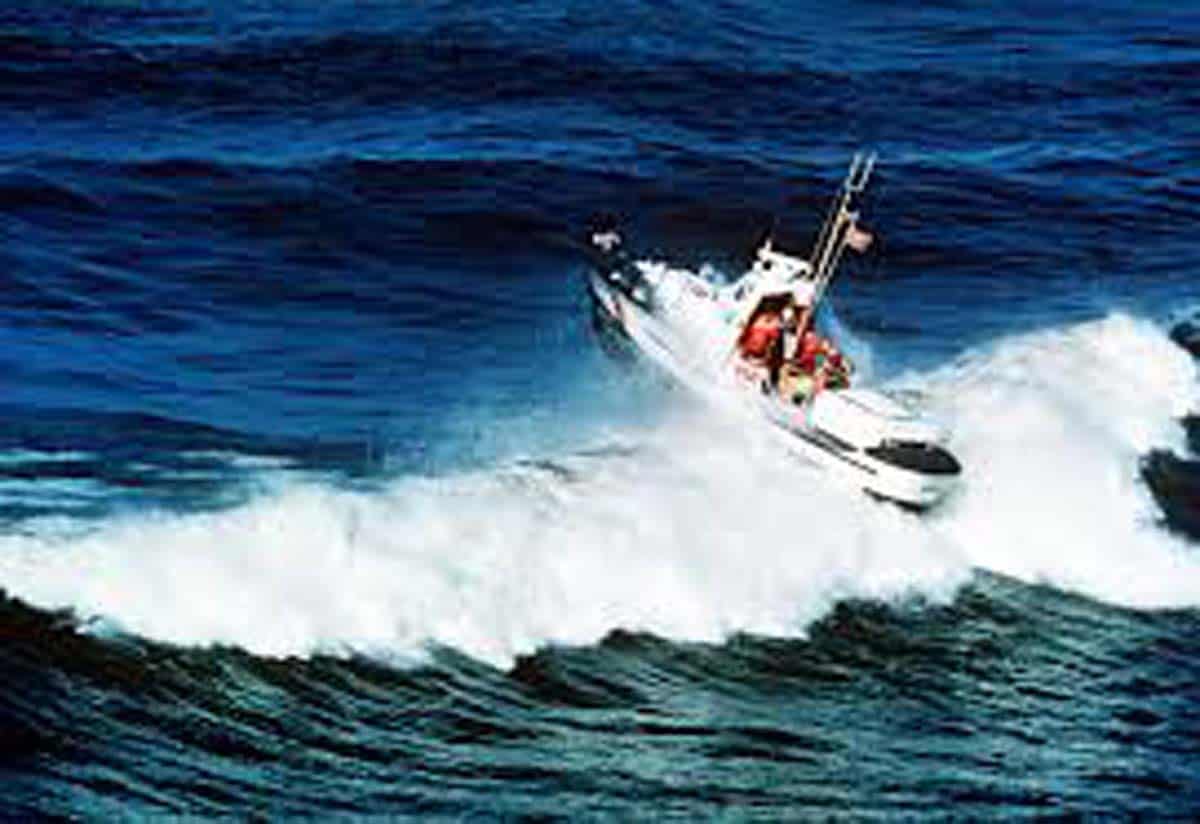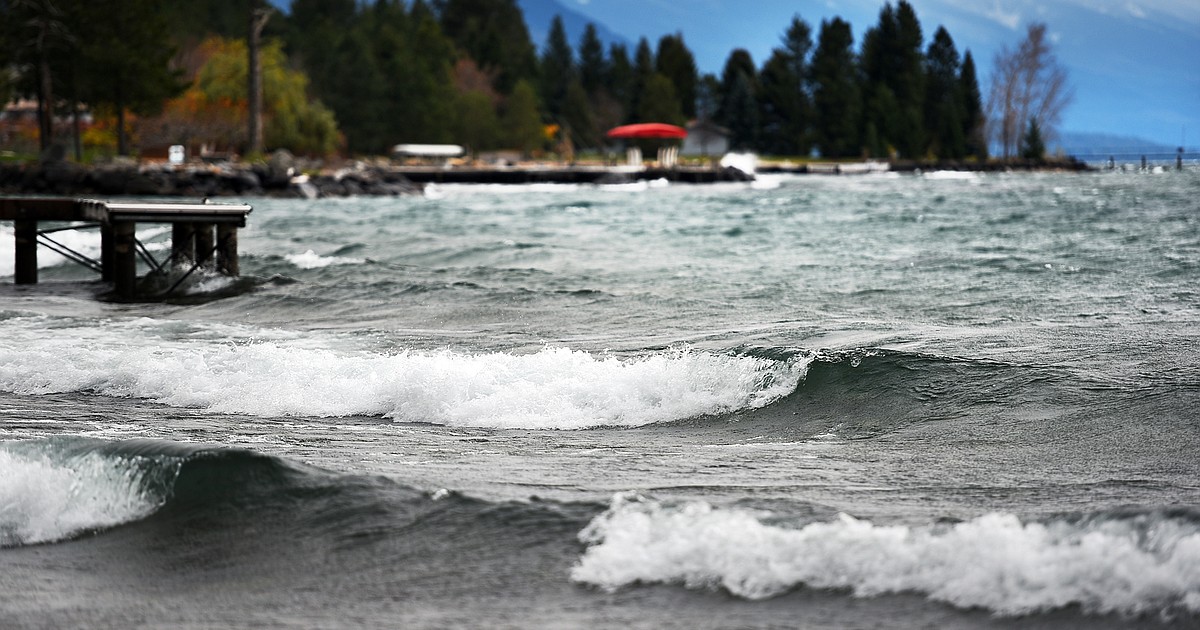FWIW, the lube for the impeller is a glycerin base and water soluble. It's basically to aid in installation, hold O rings in place and provide a little lube because the first couple seconds of operation will be dry. Even if the unit is placed in the water, air is trapped in the chamber. Folks that use a petrol grease are the ones that have issues. Likely because they used too much to begin with.Thanks for the information. The Yamaha factory service manual specifically states that grease should be applied to the impeller, inside the impeller housing and the various o-rings. I don't know enough to be clever so I opted to buy all factory parts including Yamaha grease, oil and filters.
One thing I noticed when operating the boat is that it's harder to steer to port compared to starboard. After reading the service manual and engine owner's manual, I noticed a section on steering and adjusting the trim tab anode. When I removed it in order to remove the lower unit I marked its position which was rotated 5 to 10 degrees to starboard and returned it to that position. I'm going to center it up since the manual states that if it's hard to steer to port you should rotate the trim tab to port. We'll see this weekend if that makes a difference. I was surprised by how heavy the steering is when under way. There's a lot of resistance to turning, which given the chunk of metal in the water is not that surprising I suppose.
Regarding the trim (torque) tab- depending in the pitch of the prop, 10° should be plenty. Maybe to much. You will have to play with it a bit though. The issue isn't the mass of the lower unit. It's the rotation of the prop. A lot of twin engine craft just have flat plates in place. The counter rotating props cancel each other. Some folks want them in their twins as added surface area for the zinc surface.





